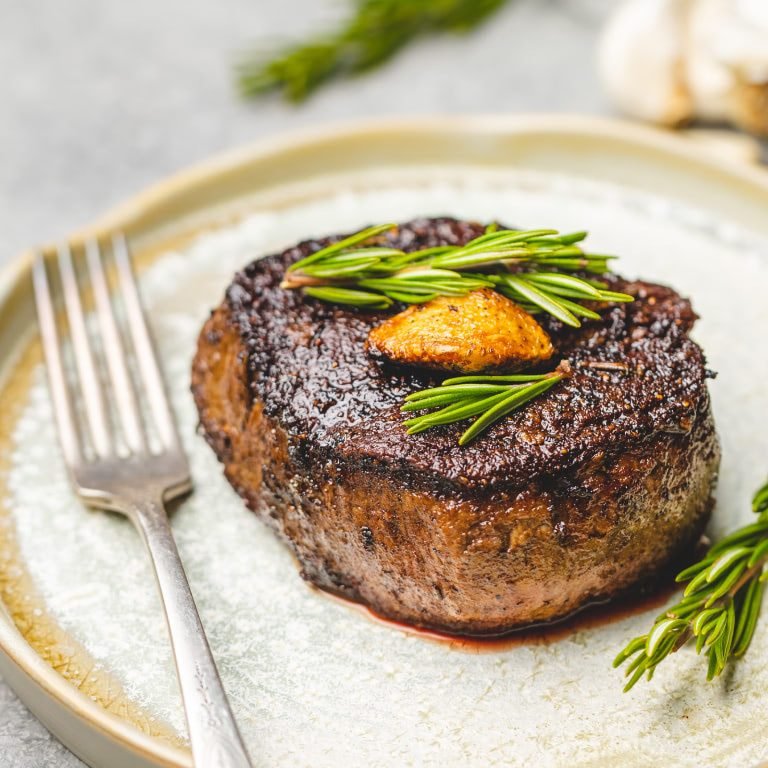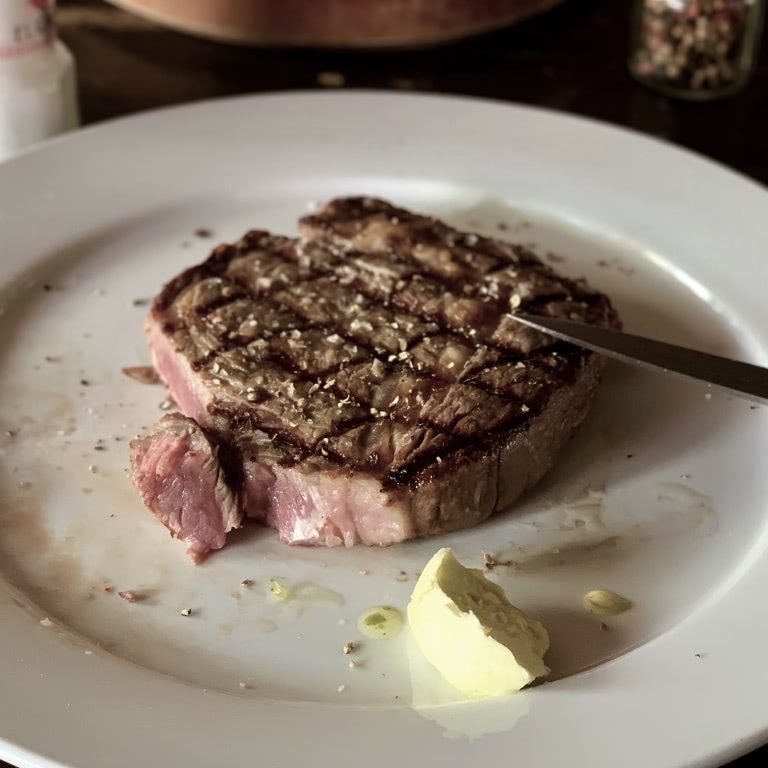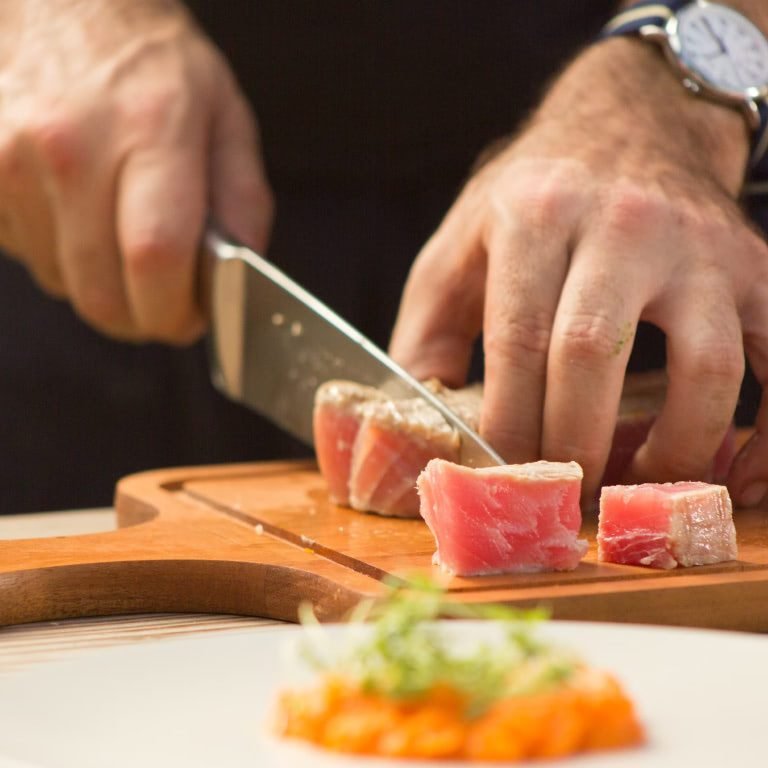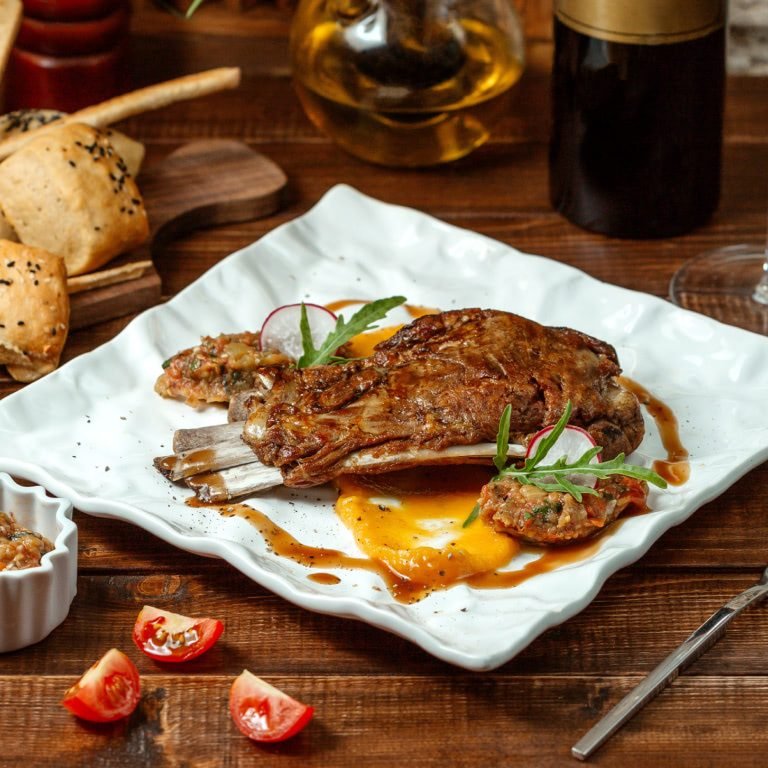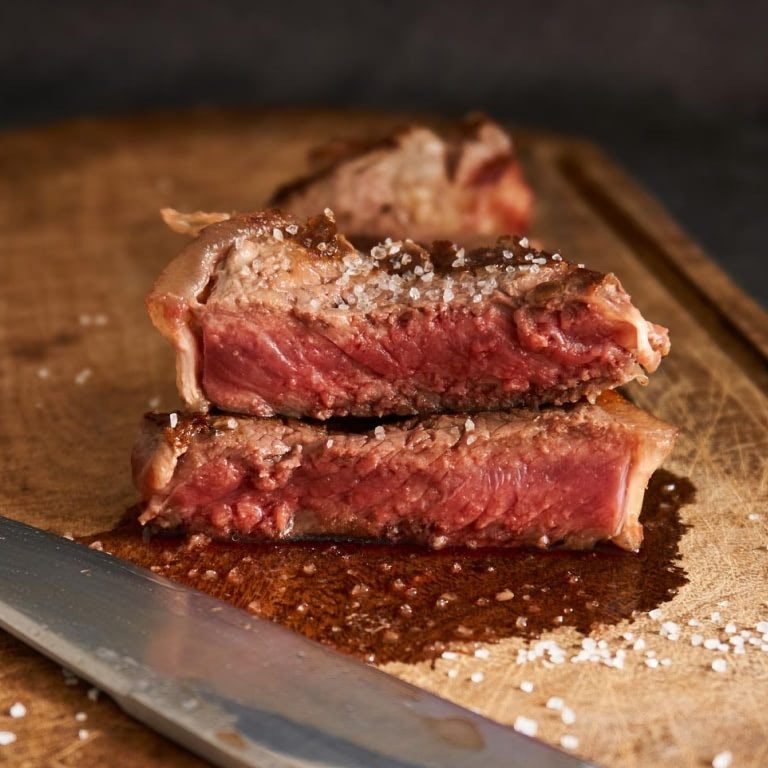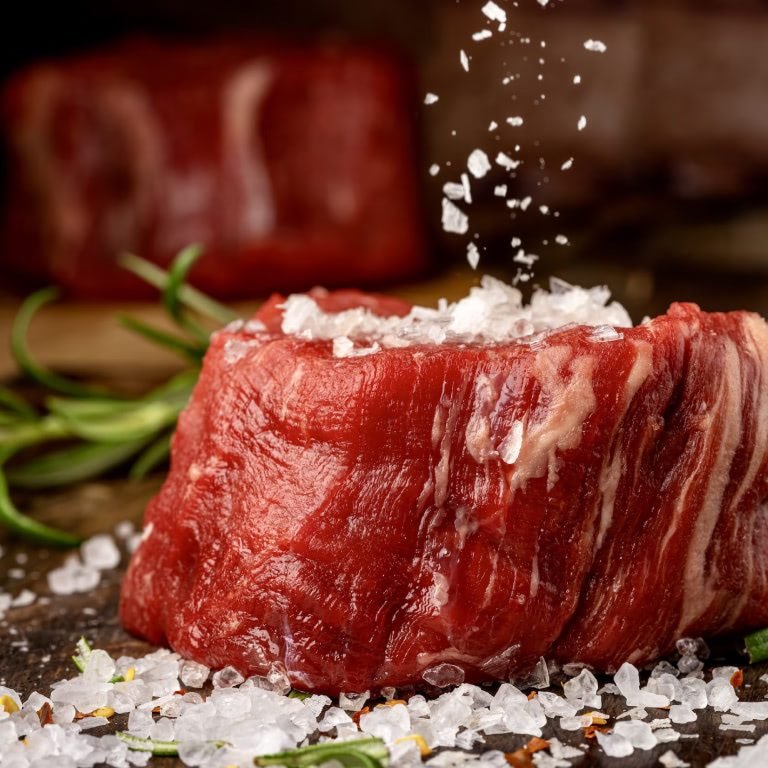Creating an Effective Website for Your Restaurant
Having a well-designed and user-friendly website is crucial for any restaurant in today’s digital age. A website not only serves as an online presence for your business, but it also acts as a powerful marketing tool to attract new customers and showcase your menu and services. Here are some key elements to consider when creating a website for your restaurant:
1. Eye-Catching Design
The design of your website should reflect the ambiance and style of your restaurant. Use high-quality images of your dishes, interior, and staff to create an inviting and visually appealing website. Choose a color scheme that complements your brand and ensures that the text is easy to read. A clean and modern design will leave a lasting impression on your visitors.
2. Easy Navigation
Make sure that your website is easy to navigate, allowing visitors to find the information they need quickly. Use clear and intuitive menus to categorize your content, such as menu, reservations, about us, and contact. Include a search bar to help users find specific items or information. Keep the navigation menu consistent across all pages to avoid confusion.
3. Mobile-Friendly Layout
With the increasing use of smartphones and tablets, it is essential to have a website that is optimized for mobile devices. Ensure that your website is responsive and adapts to different screen sizes. This will provide a seamless user experience and make it easy for customers to browse your menu and make reservations on their mobile devices.
4. Menu and Online Ordering
Your menu is one of the most important aspects of your restaurant website. Display your menu prominently and make it easy to read. Include enticing descriptions and high-quality images of your dishes. Consider adding an online ordering system to allow customers to place orders directly from your website. This can boost sales and convenience for both you and your customers.
5. Online Reservations
Make it simple for customers to make reservations through your website. Include an online reservation form where customers can select the date, time, and number of guests. Integrate a reservation management system to streamline the process and avoid double bookings. This will enhance the customer experience and help you manage your reservations more efficiently.
6. About Us and Contact Information
Include an “About Us” page to tell the story of your restaurant, its history, and the team behind it. This adds a personal touch and helps customers connect with your brand. Make sure to include your contact information, including phone number, email address, and physical address. Consider adding a map or directions to make it easy for customers to find your restaurant.
7. Customer Testimonials and Reviews
Showcase positive customer testimonials and reviews on your website to build trust and credibility. Include a dedicated section for customer feedback or integrate social media reviews. This will give potential customers confidence in choosing your restaurant and encourage them to visit.
8. Social Media Integration
Integrate your social media profiles into your website to encourage visitors to follow and engage with your restaurant online. Include social media icons that link to your profiles and allow users to share your content on their own social media platforms. This will help expand your online presence and reach a wider audience.
By incorporating these elements into your restaurant website, you can create a powerful online presence that attracts new customers and enhances the overall dining experience. Remember to regularly update your website with fresh content, such as seasonal menus or special promotions, to keep visitors engaged and coming back for more.


